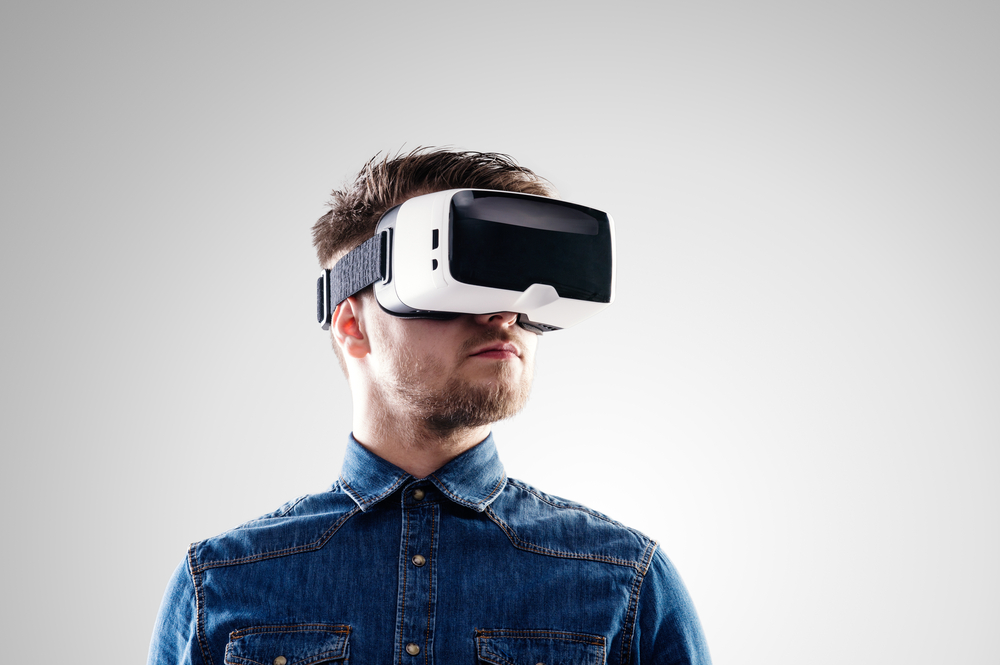Game-based Rehabilitation Promising, But Study Flaws Must Be Overcome, Review Reports

Using vision-based games and virtual reality may be a promising avenue for developing new, innovative techniques for motor rehabilitation, a review reports. However, many recently published studies have flaws that must be overcome for the field to progress, the researchers said.
Such therapies have already been used for treating people with cerebral palsy.
Titled “Vision-based serious games and virtual reality systems for motor rehabilitation: A review geared toward a research methodology,” the review was published in the International Journal of Medical Informatics.
Vision-based games — including technology like Microsoft’s Kinect — and virtual reality games have all the fun of traditional video games, but require moving the body rather than using a handheld controller. For this reason, these games have generated interest as potential rehab devices. The idea is that players can do exercises similar to what is done in traditional physical rehabilitation, but in a more fun and motivating environment.
The researchers behind this review sought to summarize current trends in scientific literature on this new approach to rehab. In particular, they were concerned that many published studies in this field may have flaws that severely limit how meaningful the data is.
To this end, the researchers performed a systematic literature review, ultimately identifying 86 relevant published scientific papers. Most of the papers came out of Korea (15 studies) and the U.S. (14 studies); there was a trend toward a greater number of studies being published in more recent years.
Kinect, EyeToy system — a webcam for use with the PlayStation 2 — and GestureTek’s IREX were the most commonly used technologies for studying the effects of vision-based serious games and virtual reality systems on rehabilitation.
The most common patient populations targeted were people dealing with stroke (42%), cerebral palsy (20%) or Parkinson’s disease (7%). Interestingly, studies on the elderly (50%) were more common than those that included children (24%).
Most of the studies were focused on balance and upper limb function. This, the researchers noted, may indicate something of a missed opportunity, since “abilities such as fine motor functions and perceptual motor skills could be tackled.”
The quality of the studies was, generally, not ideal, the analysis showed. The average score on the Downs and Black checklist — a tool to quantify how well-designed and presented a given study is — was 13.44/28.
“Although the study’s aim and the intervention procedure were well described in most of the studies, some of the studies’ main findings were poorly described, while others failed to use standard and valid outcome measures,” the researchers said.
“Additionally, as this field of research is relatively new, many studies had poorly reported recruitment … randomization procedures, and assignment concealment and blinding; especially given that it is very difficult to blind the patients in this kind of interventions,” they added.
In short, the investigators recommend that researchers who are planning to carry out studies using these technologies take extra care to ensure that their studies are well-designed enough to produce useful, meaningful results.
“We recommend that the researchers read the Downs and Black checklist before starting their clinical studies,” they said.


